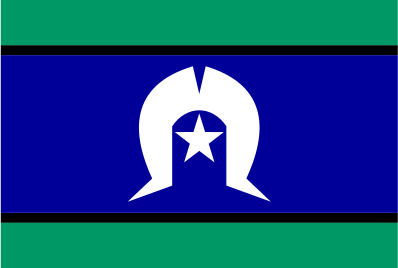References
Abotomey, K. (2008). Music in the lives of deaf students in an Australian school (Honours thesis). Sydney Conservatorium of Music, University of Sydney.
Acker, A., & Nyland, B. (2022). The Black Swan: An early childhood music project. International Journal of Music Education, 42(1), 68–79. https://doi.org/10.1177/02557614221145466
Acker, A., & Nyland, B. (2025). Early childhood pedagogy, human values and the social contract. Contemporary Issues in Early Childhood, 0(0). https://doi.org/10.1177/14639491241308593
Acker, A., Nyland, B., & Dokic, O. (2024). Early childhood music and maths: The language of patterns. Australian Journal of Music Education, 56(1), 3–15. https://search.informit.org/doi/10.3316/informit.T2024061900001492134990261
Australian Government Department of Education [AGDE] (2022). Belonging, Being and Becoming: The Early Years Learning Framework for Australia (V2.0). Australian Government Department of Education for the Ministerial Council. https://www.acecqa.gov.au/sites/default/files/2023-01/EYLF-2022-V2.0.pdf
Catts, M.A., Fey, H.W., Tomblin, M.E., & Zhang, J.B. (2002). A longitudinal investigation of reading outcomes in children with language impairments. Journal of Speech, Language and Hearing Research, 45(6), 1142–1157. http://dx.doi.org/10.1044/1092-4388(2002/093)
Degé, F., & Schwarzer, G. (2011). The effect of a music program on phonological awareness in preschoolers. Frontiers in Psychology, 2, 124.
Dinham, J., & Chalk, B. (2018). It’s arts play: Young children belonging, being and becoming through the arts. Victoria: Oxford University Press.
Ewing, R., Callow, J., & Rushton, K. (2016). Language and literacy development in early childhood. Cambridge University Press.
Gardner, H. (2006). Multiple intelligences: New horizons. USA: Basic Books.
Hooper, A. (2023). Sing and play your way to reading: Building emergent literacy skills in infants and toddlers through music. The Reading Teacher, 76(4), 451–458. https://doi.org/10.1002/trtr.2167
Konza, D. (2014). Teaching reading: Why the “fab five” should be the “big six.” The Australian Journal of Teacher Education, 39(12), 153–169. https://doi.org/10.14221/ajte.2014v39n12.10
Moritz, C., Yampolsky, S., Papadelis, G., Thomson, J., & Wolf, M. (2013). Links between early rhythm skills, musical training, and phonological awareness. Reading and Writing, 26(5), 739–769.
National Scientific Council on the Developing Child. (2020). Connecting the brain to the rest of the body: Early childhood development and lifelong health are deeply intertwined (Working Paper 15). Harvard University. https://developingchild.harvard.edu/resources/working-paper/connecting-the-brain-to-the-rest-of-the-body-early-childhood-development-and-lifelong-health-are-deeply-intertwined/
Niland, A. (2015). Music and children. (Everyday learning series; Vol. 13, No. 3). Early Childhood Australia.
Salamon, A. (2011). How the Early Years Learning Framework can help shift pervasive beliefs of the social and emotional capabilities of infants and toddlers. Contemporary Issues in Early Childhood, 12(1), 4-10. https://doi.org/10.2304/ciec.2011.12.1.4
Smidt, S. (2013). The developing child in the 21st century: A global perspective on child development (2nd ed.). Routledge. https://doi.org/10.4324/9780203483640
Tierney, A. L., & Nelson III, C. A. (2009). Brain development and the role of experience in the early years. Zero to three, 30(2), 9.
Acknowledgement
We respectfully acknowledge the Wurundjeri People of the Kulin Nation as the traditional custodians of the land on which we learn and work. We honour their enduring spiritual, cultural and custodial connection to the land, water and community. Our deepest respect is given to the Elders, both past and present, and extends to all First Nations peoples and communities around the world.

